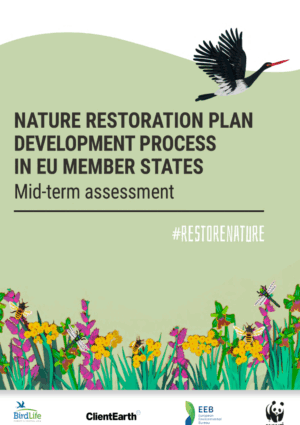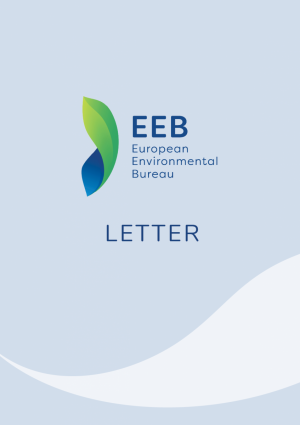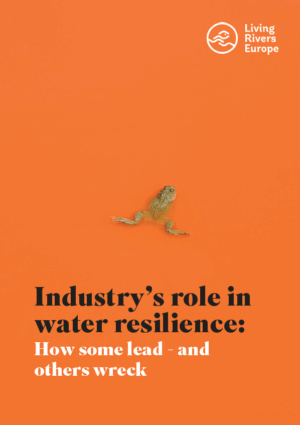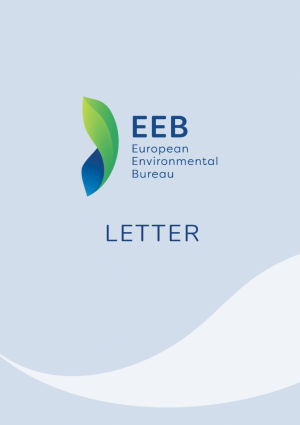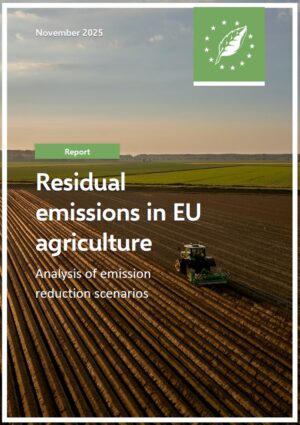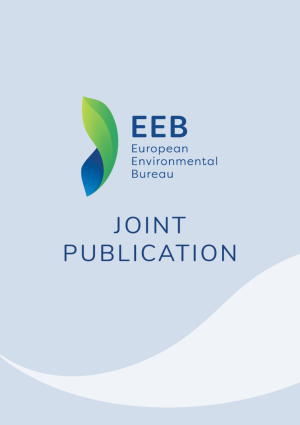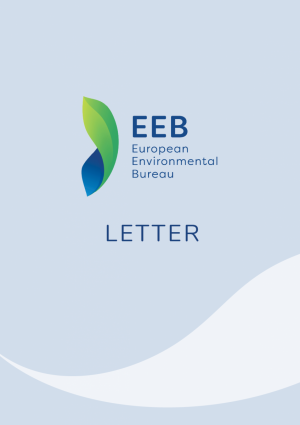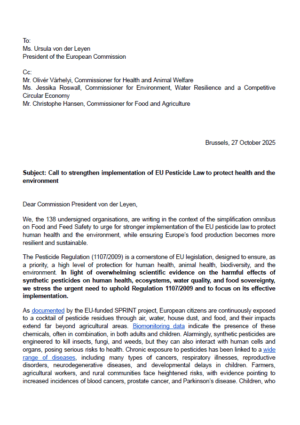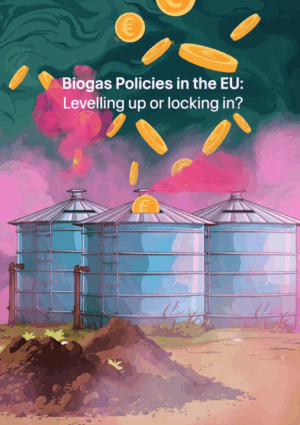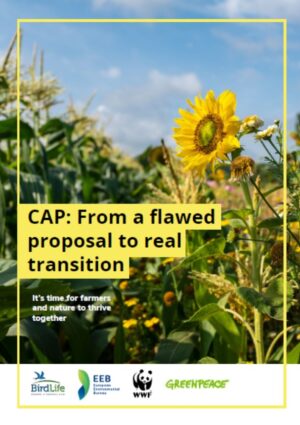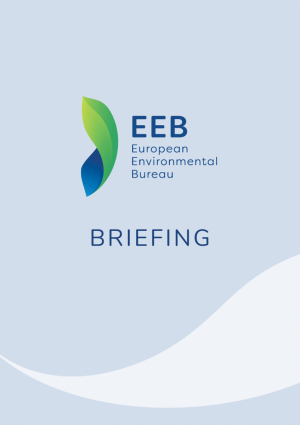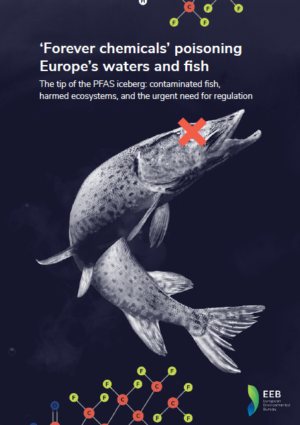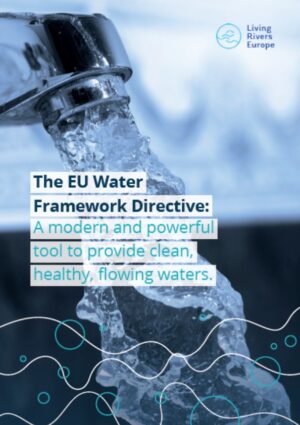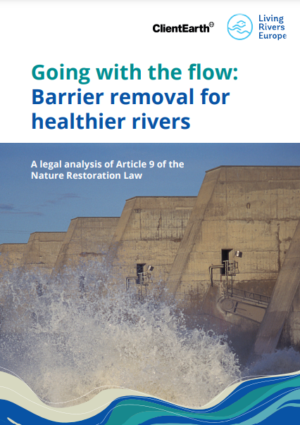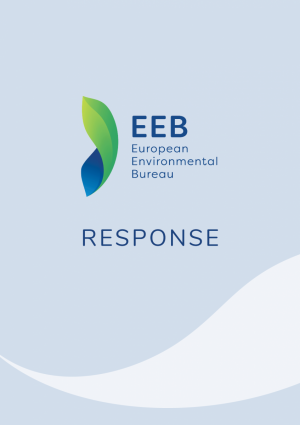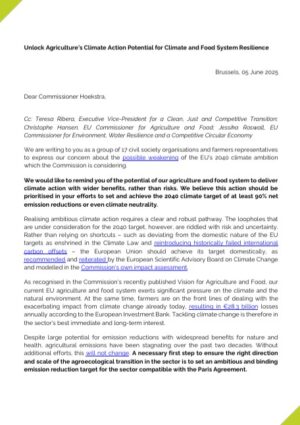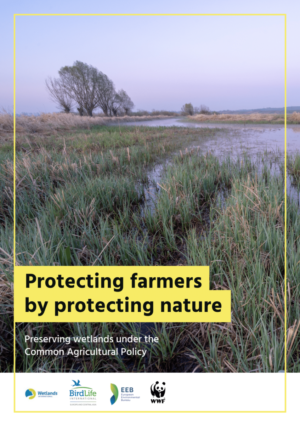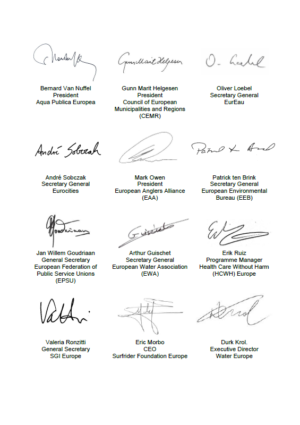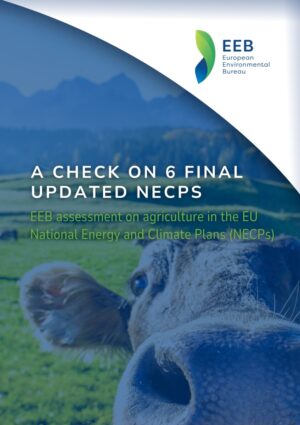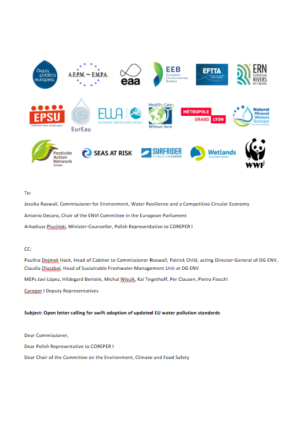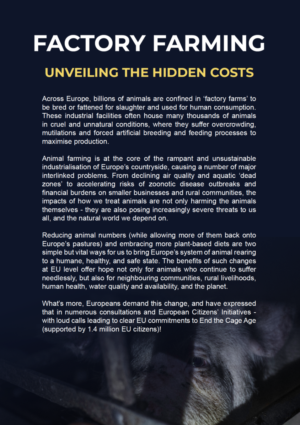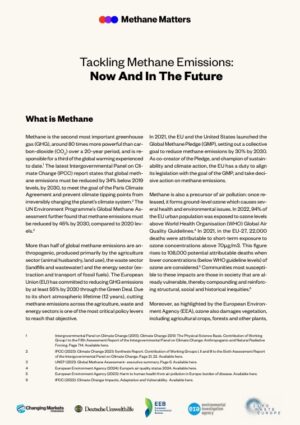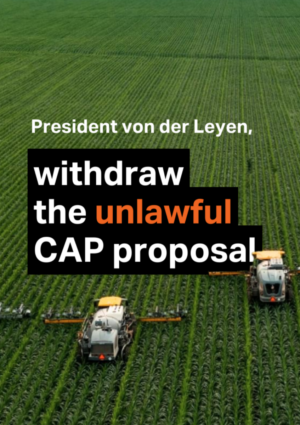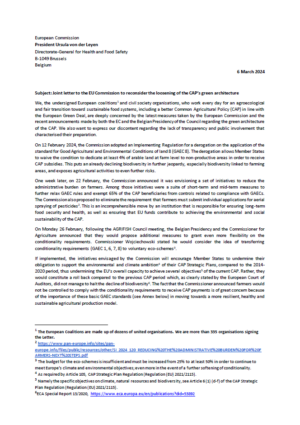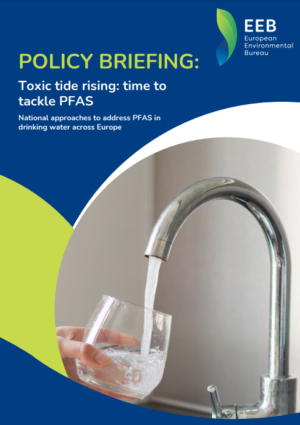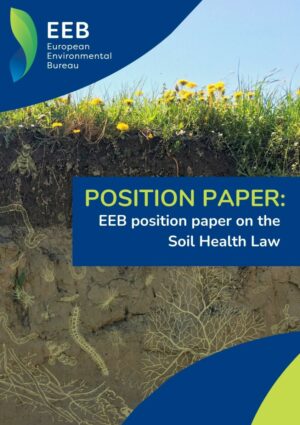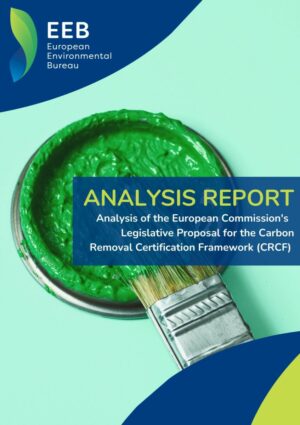Soil
Healthy soils are one of our most important life support systems. They provide the basis for 95% of the food we eat, host more than half of the world’s species and act as the largest terrestrial carbon sink. Only by protecting, restoring and sustainably using our soils can we continue to enjoy the benefits of healthy soils for people, food, nature and climate.
The state of Europe’s soils.
Soil is a non-renewable natural resource that, once lost, cannot be recovered within a human lifetime. For example, it takes up to 1000 years for ecosystems to build just 1 cm of topsoil, while soil degradation can occur in a very short time. Despite its clear value to society, up to 70% of EU soil ecosystems are in poor condition. But soil degradation is closely linked to the triple crisis of biodiversity, climate and pollution – and is therefore key to tackling some of our biggest societal challenges today.
What are the main drivers of soil degradation?
Europe’s soils are threatened by a number of factors, including soil erosion, pollution, compaction and sealing, and loss of soil biodiversity and soil organic matter. As a result, soil fertility is declining rapidly and soils are losing their ability to perform essential functions such as cleaning and storing water, providing food or storing carbon. The main trends leading to soil degradation are agricultural intensification, climate change and urban sprawl – costing EU countries up to €97 billion a year.
What can we do to achieve good soil health?
While intensive agriculture and unsustainable land management are sucking the life out of our soils, agro-ecological farming practices and ecosystem restoration can bring them back to life. We therefore need EU policies to ensure the protection, restoration and sustainable use of soils. The lack of a specific EU soil legislative framework is a major reason for the poor state of EU soils today. So far, soil protection in the EU has been fragmented and action under sectoral policies is clearly insufficient.
The EU has adopted a new EU Soil Strategy for 2030 as a key component of the European Green Deal, which aims to achieve healthy conditions for all EU soil ecosystems by 2050. A key commitment of this strategy is the European Commission’s proposal for a Soil Monitoring Law. A coherent legislative framework is long overdue and essential to protect and restore Europe’s soils. If ambitious and properly implemented, it has the potential to significantly improve soil health and thus the basis for all life on earth.
To find out more about our work on soil health and EU soil policy, please see the resources below:
- Position Paper on a Soil Law for Europe
- META article: 4 things you need to know about soil health
- Assessment of the Commission’s proposal for a Soil Monitoring Law
Answering your questions on the Soil Monitoring Law
Check out the PDF version of the Soil Monitoring Law Q&A here for all links and references.
of EU soil ecosystems are unhealthy.
of all soils worldwide could be at risk of poor health by 2050, without a radical change in the way we value and use our soils.
of European soil are washed away by erosion every year.

